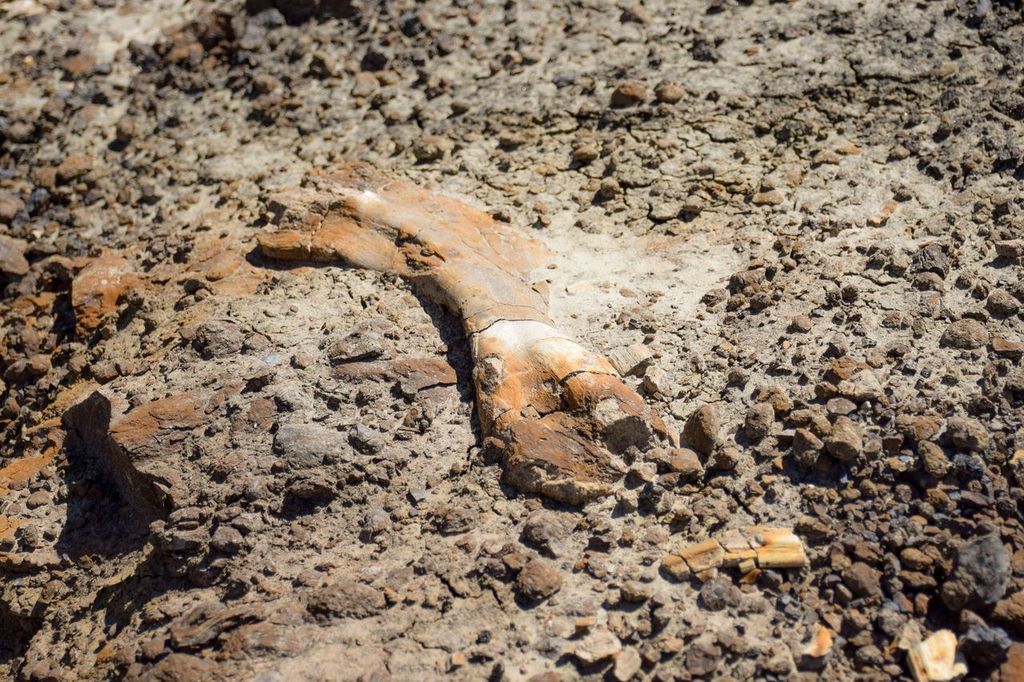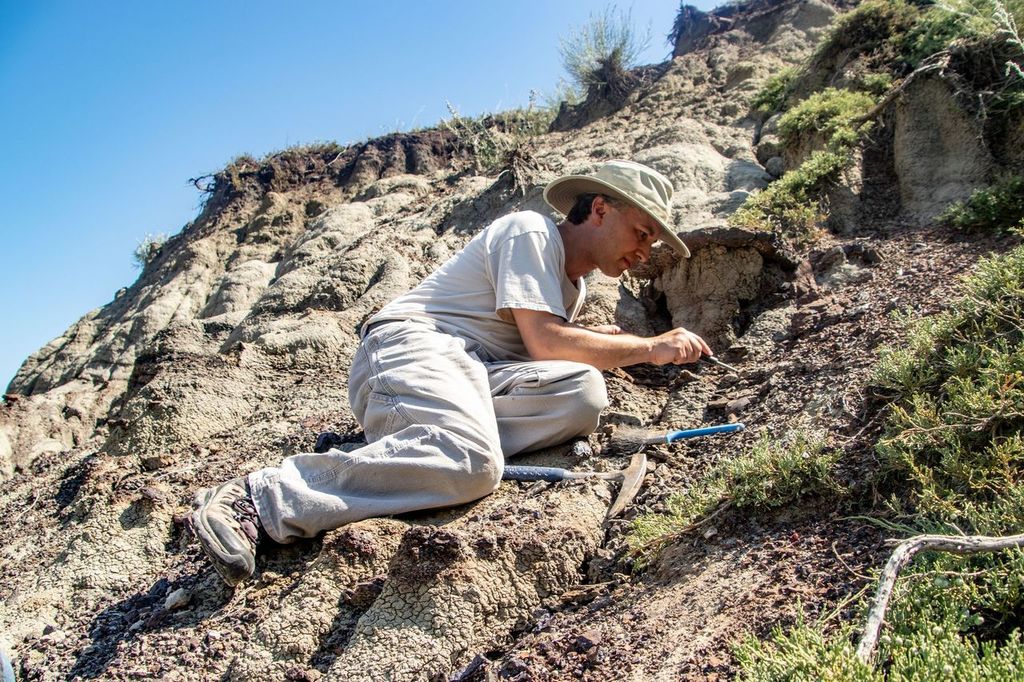
12-year-old from Calgary makes “significant find” of Hadrosaur bones near Drumheller
DRUMHELLER, AB – A young aspiring Southern Alberta paleontologist found a set of dinosaur bones that could hold the key in understanding a period of prehistoric times.
Nathan Nrushkin and his family first went to the Horseshow Canyon near Drumheller two years ago and he found a few small bone fragments. He, his father Dion, and a few friends returned to the area in June 2020.
He says he has always had a fascination with dinosaurs and fossils, especially as bones, similar to ones in his own body, could essentially be turned into stones over millions of years.
Dion, a geologist himself, told his son that some of the bones might have washed up near the top of a plateau, so Nathan quickly made his way to the area.





